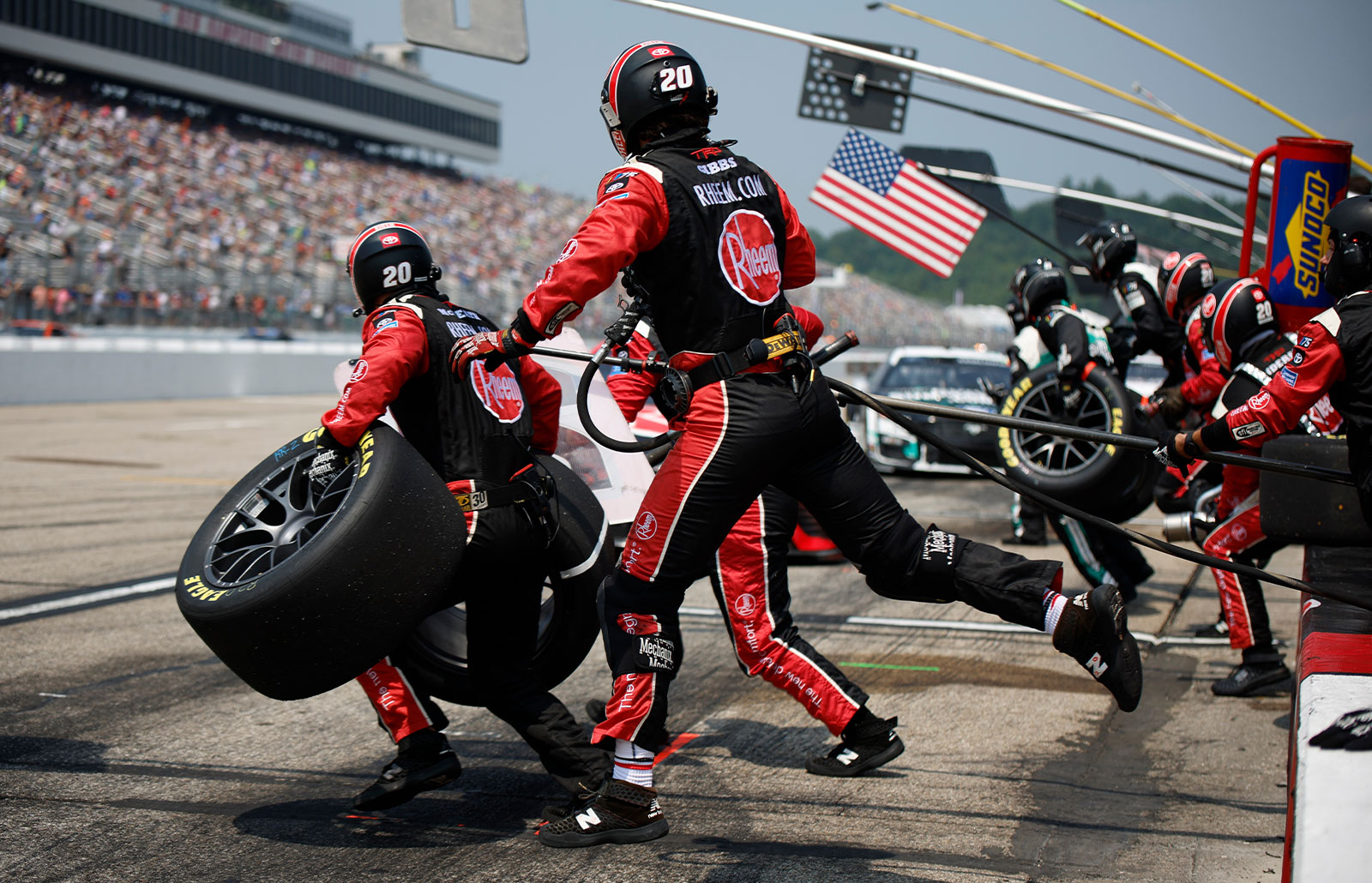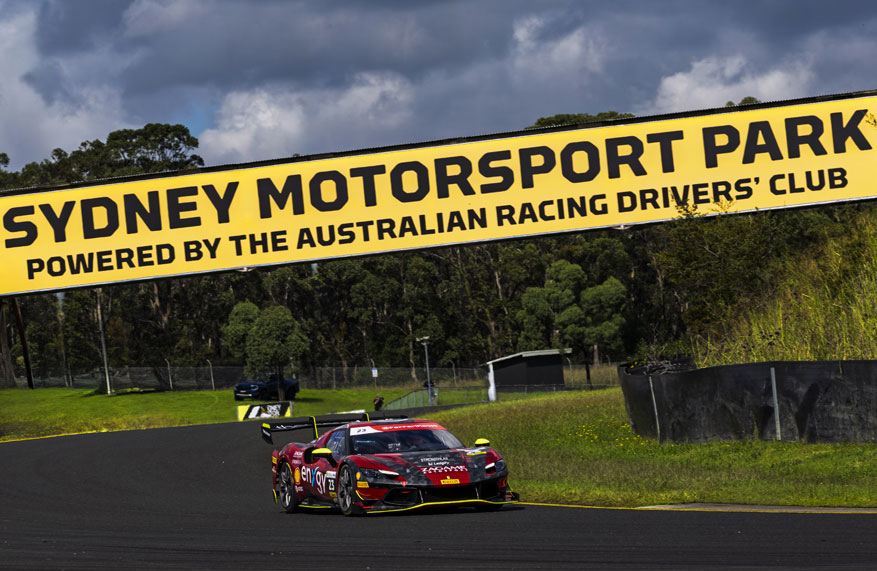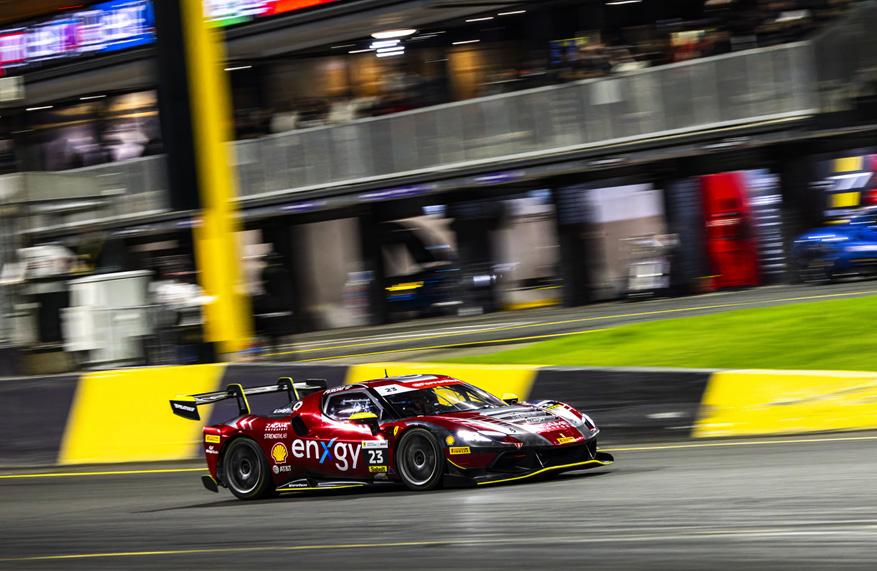
When most people think of motorsport, speed is the first thing that comes to mind. But in the world of endurance racing, it’s not just about who can drive the fastest—it’s about who can outlast, outthink, and outmaneuver their competitors over the course of hours or even days. Endurance racing demands a unique combination of speed, strategy, teamwork, and precision to succeed. From pit stop timing to fuel management, the complexity of endurance racing strategy makes it one of the most intriguing forms of motorsport.
In this blog post, we’ll explore the vital role that strategy plays in endurance racing and why it often makes the difference between winning and losing.
The Art of the Long Game
Endurance races, such as the 12 Hours of Bathurst, 24 Hours of Le Mans, or the GT World Challenge Endurance Cup, are grueling tests of both machine and driver. Unlike sprint races, where drivers push at 100% for a short period, endurance racing requires a more measured approach. Teams need to think long-term, balancing speed with reliability and managing their resources over the entire race.
In an endurance race, drivers can’t just floor it from start to finish. They need to find a balance between preserving the car and maintaining competitive lap times. The ability to drive fast while minimizing wear on tires, brakes, and the engine is key. This is where strategy comes into play.
Key Elements of Endurance Racing Strategy
1. Pit Stops: The Fine Line Between Speed and Efficiency
Pit stops are one of the most critical aspects of endurance racing strategy. Unlike in sprint races, where a single pit stop can make or break a race, endurance teams must carefully plan multiple stops for refueling, tire changes, and driver swaps.
The goal is to minimize the time spent in the pit lane while ensuring the car is fully serviced. Teams will often calculate the number of pit stops required based on fuel consumption, tire wear, and how long each driver can legally stay behind the wheel. A poorly timed or slow pit stop can drop a car several positions, while a perfectly executed one can gain valuable seconds.
Some key decisions include:
- When to refuel: Refueling too early can waste valuable time, while pushing the car too long without refueling can risk running out of fuel on track.
- Tire changes: Teams must decide when to switch to new tires based on wear and changing track conditions, especially in endurance races where weather may shift.
- Driver changes: Managing driver fatigue is crucial. Swapping drivers at the right time ensures the car is always being driven by someone who is sharp and focused.
2. Fuel Management: Balancing Power and Efficiency
Fuel consumption is a central element in endurance racing strategy. Teams must strike the right balance between maximizing performance and conserving fuel to reduce the number of pit stops. While drivers want to maintain fast lap times, they also need to adjust their driving style to use less fuel when necessary.
For example, drivers may lift off the throttle earlier before braking into corners, or short-shift through the gears to keep engine revs lower, reducing fuel consumption. Teams also constantly analyze real-time telemetry data to monitor fuel levels and advise the driver on when to push and when to conserve. In a 12- or 24-hour race, saving even a few extra laps of fuel over a stint can make the difference between a win and a loss.
3. Tire Management: Keeping Rubber on the Road
Tires play an enormous role in endurance racing strategy. With races stretching for hours, drivers need to manage tire wear to maintain performance over long stints. Pushing too hard can cause tires to wear out quickly, necessitating an extra pit stop, while careful management can extend tire life, allowing teams to reduce stops.
Drivers must also adapt to changing track conditions throughout the race. Weather, temperature, and track surface evolution can all impact tire performance. Teams will often adjust tire compounds based on these factors—opting for softer tires in cooler conditions for better grip, or harder tires in hotter conditions for durability. The ability to adapt to these variables is a crucial part of endurance strategy.
4. Driver Rotations: Managing Fatigue and Focus
In endurance racing, it’s not just the car that needs to endure—drivers must maintain concentration and precision over extended periods. Regulations often dictate how long a driver can stay behind the wheel in one stint, but managing driver fatigue is a key part of the strategy.
Teams will carefully rotate drivers to ensure they are rested and ready to perform at their peak during their stints. A tired driver is more prone to mistakes, which can lead to crashes or slow lap times. Understanding when to swap drivers and balancing the skill sets of each driver for different stages of the race is crucial for sustained performance.
5. Adapting to Changing Conditions
One of the most challenging aspects of endurance racing is that conditions can change dramatically over the course of the race. Whether it’s a sudden rainstorm, rising track temperatures, or fading daylight, teams must be ready to adapt their strategy on the fly.
For instance, a sudden downpour may require an immediate switch to wet tires, while a long safety car period could prompt a strategic pit stop to take advantage of the lull in racing. The ability to quickly respond to changing conditions often separates the top teams from the rest of the field.
Teamwork: The Heart of Strategy
Endurance racing isn’t just about the drivers—it’s a complete team effort. Engineers, strategists, pit crews, and support staff all play pivotal roles in executing the race strategy. In the garage, the team monitors every aspect of the car in real-time, from fuel levels and tire wear to driver telemetry and weather forecasts.
Team communication is essential, with constant updates between the pit wall and the driver to adjust the strategy as the race unfolds. A cohesive and well-drilled team can anticipate challenges, solve problems quickly, and capitalize on opportunities during the race.
The Role of Data in Endurance Strategy
Modern endurance racing relies heavily on data. Throughout the race, teams are constantly collecting and analyzing data from the car’s telemetry systems. This data includes information on tire temperatures, fuel consumption, engine performance, brake wear, and more. Armed with this data, engineers can make informed decisions about when to pit, adjust driving styles, and fine-tune the car’s setup during the race.
The ability to process and react to real-time data can give teams a critical advantage, allowing them to stay ahead of potential issues and keep the car running at peak performance for as long as possible.
In endurance racing, speed alone is never enough. The ability to craft and execute a winning strategy is what separates the champions from the rest. Every decision—from when to pit, how to manage fuel and tires, to adapting to changing conditions—plays a critical role in the final outcome of the race.
For fans, this blend of speed, strategy, and teamwork makes endurance racing one of the most exciting and dynamic forms of motorsport. And for teams, it’s the constant pursuit of the perfect race strategy that keeps them pushing the limits, race after race.



